Stained concrete in screened-in porch?
md_colonial
17 years ago
Featured Answer
Comments (8)
natal
17 years agomd_colonial
17 years agoRelated Professionals
Greeley Decks, Patios & Outdoor Enclosures · Greendale Decks, Patios & Outdoor Enclosures · High Point Decks, Patios & Outdoor Enclosures · Lebanon Decks, Patios & Outdoor Enclosures · Glenpool Home Builders · Superior Home Builders · Wilmington Home Builders · Salisbury Home Builders · Covington Flooring Contractors · Harwich Flooring Contractors · Laconia Flooring Contractors · Lodi Flooring Contractors · Turlock Flooring Contractors · Castle Rock Siding & Exteriors · Weymouth Siding & Exteriorsmd_colonial
17 years agobluestarrgallery
17 years agobluestarrgallery
17 years agomd_colonial
17 years agobluestarrgallery
17 years ago
Related Stories
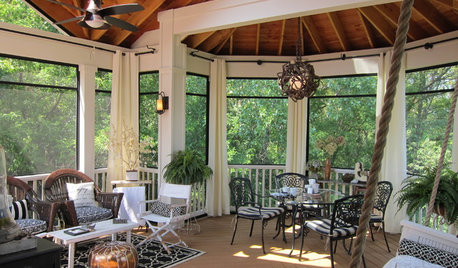
GARDENING AND LANDSCAPINGA Screened-In Porch Communes With Nature
Lush forest views provide an idyllic backdrop for a Midwestern family's board games, coffee breaks and warm-weather dinners
Full Story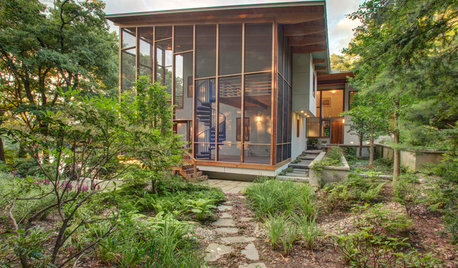
GARDENING AND LANDSCAPINGBreezy and Bug-Free Modern Porches
Screening keeps pests out of these diverse porches across the U.S., while thoughtful designs keep them visually appealing
Full Story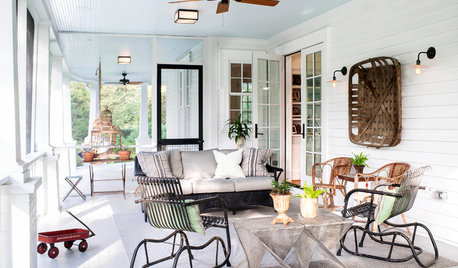
NEW THIS WEEK3 Fresh Ideas for Outdoor Living Spaces
Designers share secrets from a rooftop deck, a covered patio and a screened-in porch uploaded this week to Houzz
Full Story
GREEN BUILDINGConsidering Concrete Floors? 3 Green-Minded Questions to Ask
Learn what’s in your concrete and about sustainability to make a healthy choice for your home and the earth
Full Story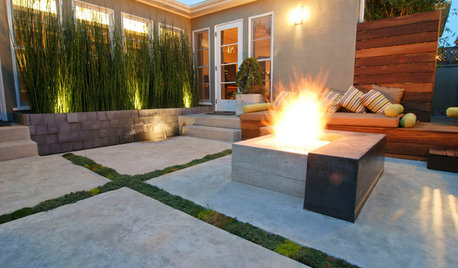
GREAT HOME PROJECTSHow to Tear Down That Concrete Patio
Clear the path for plantings or a more modern patio design by demolishing all or part of the concrete in your yard
Full Story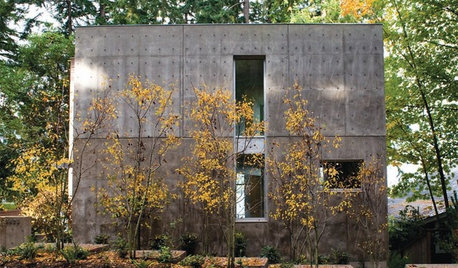
REMODELING GUIDESMaterial Choices: High Marks for Reinforced Concrete
Try poured-in-place construction for a wonderfully tactile, industrial look
Full Story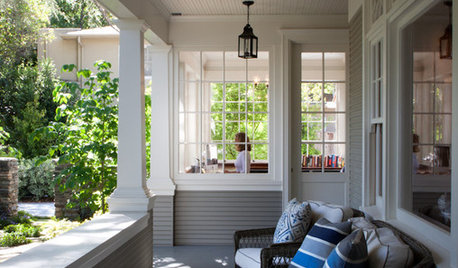
REMODELING GUIDESRenovation Detail: The Knee Wall Railing
Small in stature but big on privacy, knee wall railings add a Craftsman-style element to porches and don't block the view
Full Story
ARCHITECTUREHouzz Tour: A Most Unusual Trailer in Texas
With an air-conditioned bathroom, screened porches and a sleeping loft, this riverside trailer site has it all
Full Story
GARDENING AND LANDSCAPINGPorch Life: Banish the Bugs
Don't let insects be the bane of your sweet tea and swing time. These screening and product ideas will help keep bugs at bay on the porch
Full Story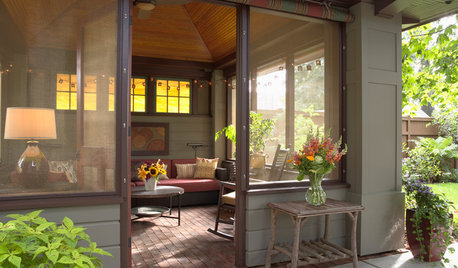
PORCH OF THE WEEKA Summer House With Prairie School Style
A free-standing screened-in pavilion provides a summer getaway in this couple’s Minnesota backyard
Full StoryMore Discussions






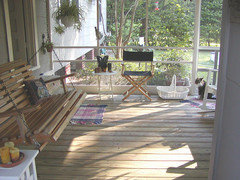

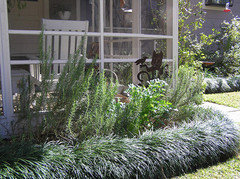
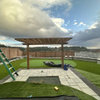
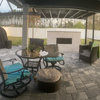
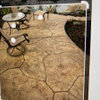
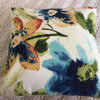

bluestarrgallery